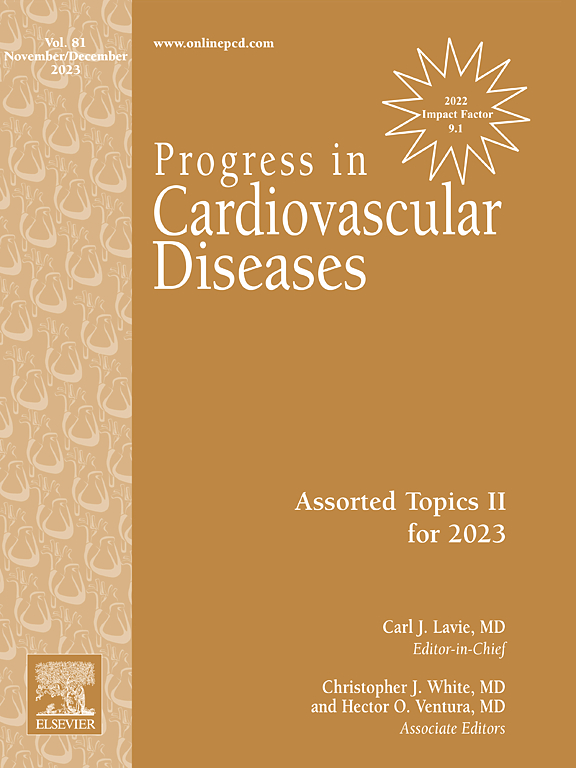心脏神经消融术:三种不同的方法。
IF 7.6
2区 医学
Q1 CARDIAC & CARDIOVASCULAR SYSTEMS
引用次数: 0
摘要
心血管消融术(CNA)是一种新兴的治疗血管迷走神经性晕厥的主要心脏抑制反应。该手术的目标是位于左右心房特定区域的神经心肌连接,以及相邻的神经节丛(GP),为窦和房室结提供副交感神经支配。CNA的目标区域可以通过各种技术确定,这导致不同的程序方法和不同中心的端点专门从事该过程。在这篇综述中,我们总结了三种不同的CNA技术的基本原理和细节,即:由心外迷走神经刺激控制的CNA,由分频电图分析指导的CNA,以及CNA的解剖入路。本文章由计算机程序翻译,如有差异,请以英文原文为准。
Cardioneuroablation: Three different approaches
Cardioneuroablation (CNA) is an emerging therapy for patients with vasovagal syncope with predominant cardioinhibitory responses. The procedure targets the neuromyocardial connections localized in specific regions of the right and left atrium as well as the adjacent ganglionated plexi (GP) providing parasympathetic innervation to the sinus and atrioventricular nodes. The target regions for CNA can be determined with various techniques, which result in heterogenous procedural approaches and endpoints in different centers specialized in this procedure. In this review we summarize the rationale and details of the procedural approach for three different techniques for CNA, namely: CNA controlled by extra-cardiac vagal stimulation, CNA guided by analysis of fractionated electrograms, and an anatomical approach to CNA.
求助全文
通过发布文献求助,成功后即可免费获取论文全文。
去求助
来源期刊

Progress in cardiovascular diseases
医学-心血管系统
CiteScore
10.90
自引率
6.60%
发文量
98
审稿时长
7 days
期刊介绍:
Progress in Cardiovascular Diseases provides comprehensive coverage of a single topic related to heart and circulatory disorders in each issue. Some issues include special articles, definitive reviews that capture the state of the art in the management of particular clinical problems in cardiology.
 求助内容:
求助内容: 应助结果提醒方式:
应助结果提醒方式:


